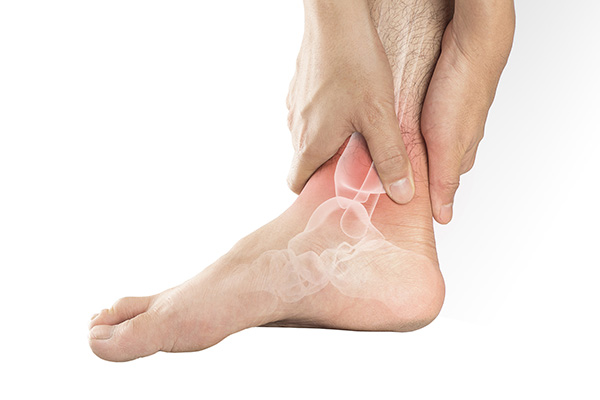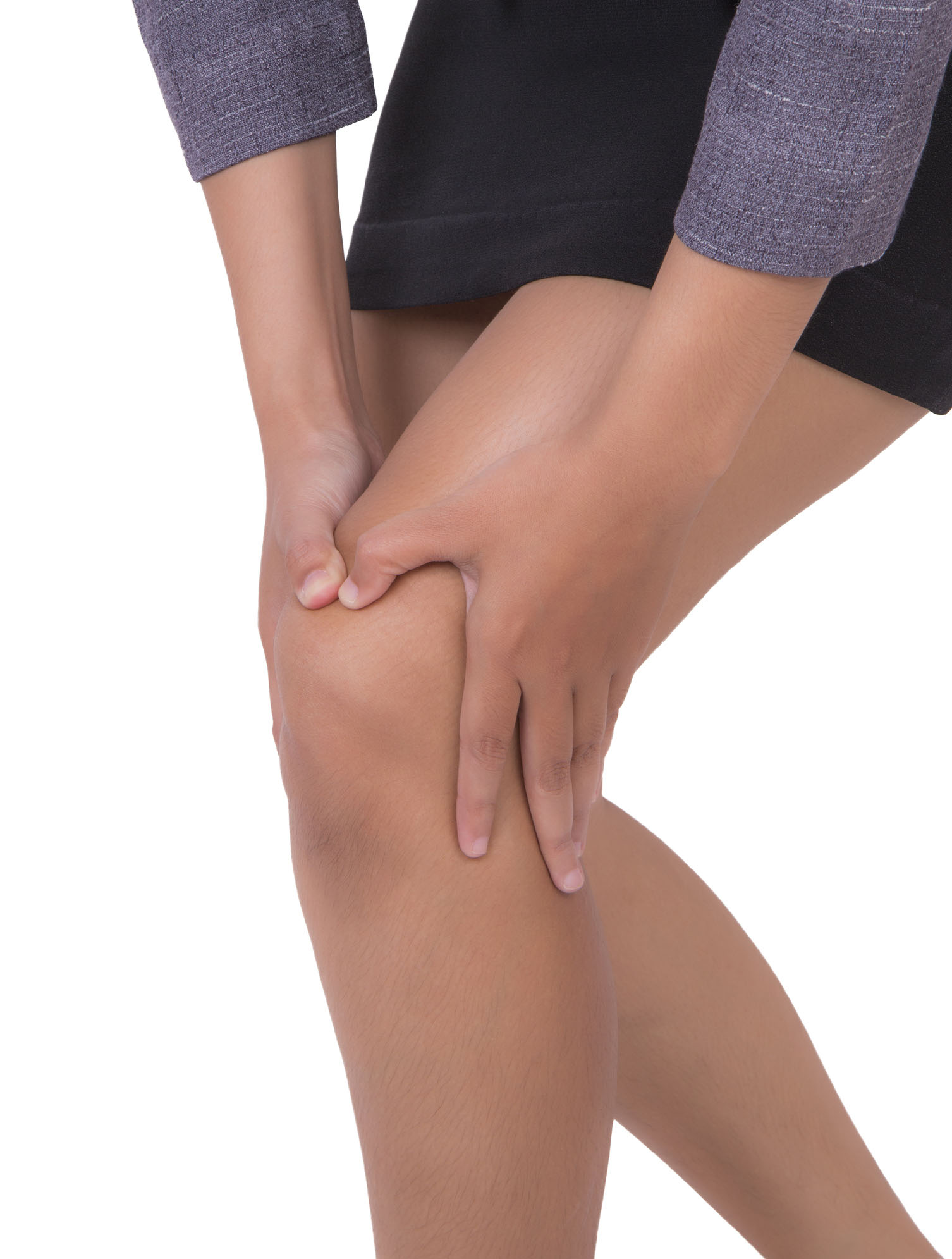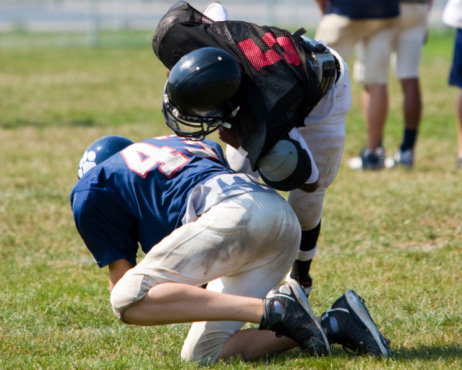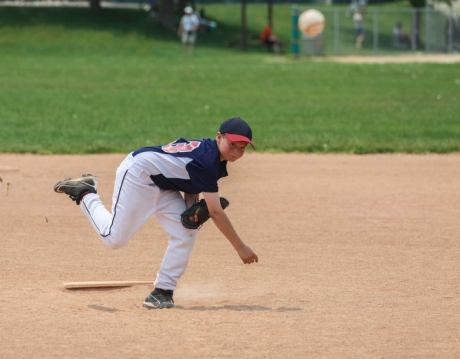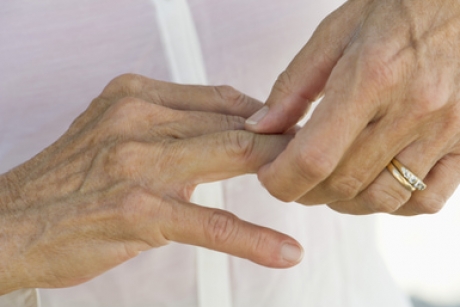Joint problems are common simply due to the amount of pressure we put on our bodies. Our joints are constantly flexing and bending as we go about our daily life which can cause major wear and tear to our bodies over time. Arthroscopic surgery uses a camera to look at the damage to your joints to determine what (if anything) needs to be done. An arthroscope can technically be used anywhere in the body but is generally needed for the knees, ankles, wrists, hips, and shoulders.
The Basics of Arthroscopy
Arthroscopy is used to either diagnose or help treat general inflammation or trauma. It’s generally an outpatient procedure, but you will be given some type of anesthetic. Depending on the severity of the injury and the location of the damaged joint, it may be either general or local anesthesia. The doctor will make a tiny cut in your skin before inserting an instrument into your body (about the size of a standard pencil.) The doctor will fill the joint with fluid to make it easier to fit the tiny camera inside.
Next Steps
The arthroscope is used to let the doctor look inside the joint to see if you need arthroscopic surgery. Should you need the surgery, your doctor will need to manipulate your bones to fix the joints. This can be done without making large incisions, but rather using precise instruments to shave or cut the bone. You may not even need stitches! If for any reason you do need traditional surgery, this can be done in the same procedure as the arthroscopic surgery. Dr. Allegra at Allegra Orthopedics serves the people of Hazlet, NJ and understands the ins and outs of joints. He’s here to help you increase your flexibility and range of motion while simultaneously decreasing any discomfort!


